Furniture placement
Furniture placement is a crucial aspect of safety in the living room. It may seem like a simple task, but it can have a significant impact on the safety of your home. When placing furniture, make sure to leave enough space for walking and maneuvering around the room. Avoid placing furniture in front of doorways or in high-traffic areas to prevent accidents. It is also essential to secure heavy furniture, such as bookcases and cabinets, to the wall to prevent them from tipping over and causing potential injuries.
Electrical hazards
The living room is often the hub of electronics, from the TV to gaming consoles to charging devices. However, it is crucial to be mindful of the electrical hazards that come with all these devices. Make sure to use surge protectors to prevent overloading outlets, and never plug too many devices into one outlet. Also, regularly check cords for any signs of damage and replace them if necessary. It is also a good idea to keep cords out of reach of children and pets to prevent them from being chewed on or tripped over.
Tripping hazards
Tripping hazards in the living room can range from small objects to larger pieces of furniture. It is essential to keep the floor clear of any clutter, such as toys, shoes, or cords. Make sure to secure rugs with non-slip pads and avoid placing them in high-traffic areas. Also, be mindful of the furniture placement and avoid creating obstacles that could potentially cause someone to trip and fall.
Fire safety
The living room is a common place for fires to occur, whether from candles, fireplaces, or electronics. It is crucial to have smoke detectors installed and regularly checked to ensure they are in working condition. Keep flammable items, such as curtains and furniture, away from fire sources, and always extinguish candles and turn off electronics before leaving the room or going to bed.
Poisonous plants
Many people enjoy having plants in their living room to add some greenery and life to the space. However, some plants can be toxic to humans and pets if ingested. It is essential to research the plants you have in your living room and make sure they are safe. If you have young children or pets, it may be best to avoid having any potentially poisonous plants in the living room altogether.
Window safety
Windows provide natural light and fresh air to the living room, but they can also pose safety hazards if not properly maintained. Make sure to install window guards or stops to prevent children from falling out of open windows. Regularly check and replace any damaged screens to keep bugs and debris out of the living room. It is also essential to keep blinds and cords out of reach of children to prevent strangulation accidents.
Cord management
With the number of electronic devices in the living room, cords can quickly become tangled and create a safety hazard. It is essential to invest in cord organizers or use zip ties to keep cords neat and out of the way. Also, avoid running cords under rugs or furniture, as this can cause damage and increase the risk of tripping accidents.
Furniture stability
As mentioned earlier, it is crucial to secure heavy furniture to the wall to prevent tipping accidents. However, it is also essential to regularly check the stability of all furniture in the living room. If a piece of furniture feels wobbly or unstable, it is best to either secure it properly or replace it to avoid potential injuries.
Childproofing
Childproofing is an essential aspect of safety in the living room, especially if you have young children. This can include installing baby gates to block off staircases, covering outlets, and using safety latches on cabinets and drawers. It is also essential to teach children about safety in the living room, such as not climbing on furniture or playing with cords.
Proper lighting
Proper lighting is crucial for both safety and ambiance in the living room. Make sure to have a mix of natural and artificial lighting to create a well-lit space. It is also essential to have nightlights in hallways and near stairs to prevent accidents in the dark. Regularly check and replace light bulbs to ensure the living room is always well-lit.
In conclusion, the living room is a space for relaxation and gathering with loved ones, but it is essential to prioritize safety in this area of the home. By following these top 10 safety concerns and implementing necessary measures, you can create a safe and enjoyable living room for you and your family.
The Importance of Proper Furniture Placement

Creating a Safe and Functional Living Room
 When designing a living room, it's important to not only focus on aesthetics but also on safety. Proper furniture placement is crucial in creating a safe and functional living room.
Not only does it ensure the safety of occupants, but it also improves the flow and functionality of the space.
One of the main safety concerns in the living room is
trip hazards.
This can be caused by furniture that is placed too closely together, creating narrow pathways that can easily cause someone to trip and fall. To prevent this, it's important to leave at least three feet of space between furniture pieces. This allows for easy movement and reduces the risk of accidents.
Another important aspect of furniture placement is
ensuring that heavy or bulky items are not placed near windows or doors.
In the case of an emergency, these items can become obstacles and make it difficult to escape. It's also important to avoid placing furniture in front of heating vents, as this can be a fire hazard.
Properly securing furniture is also crucial for safety.
Heavy items such as bookcases and entertainment centers should be anchored to the wall to prevent them from tipping over, especially in homes with children. It's also important to make sure that furniture is on level ground to prevent any accidents.
In addition to safety concerns, proper furniture placement can also improve the functionality of the living room.
Arranging furniture in a way that promotes conversation and allows for easy traffic flow can greatly enhance the overall living experience.
For example, placing seating areas in a circular or L-shaped formation can encourage conversation and create a welcoming atmosphere.
In conclusion,
proper furniture placement is an essential aspect of designing a safe and functional living room.
By following these tips and considering the safety of occupants, you can create a space that not only looks great but also promotes a safe and enjoyable living experience for everyone. So when designing your living room, remember to prioritize safety and make sure that your furniture is placed in a way that enhances both safety and functionality.
When designing a living room, it's important to not only focus on aesthetics but also on safety. Proper furniture placement is crucial in creating a safe and functional living room.
Not only does it ensure the safety of occupants, but it also improves the flow and functionality of the space.
One of the main safety concerns in the living room is
trip hazards.
This can be caused by furniture that is placed too closely together, creating narrow pathways that can easily cause someone to trip and fall. To prevent this, it's important to leave at least three feet of space between furniture pieces. This allows for easy movement and reduces the risk of accidents.
Another important aspect of furniture placement is
ensuring that heavy or bulky items are not placed near windows or doors.
In the case of an emergency, these items can become obstacles and make it difficult to escape. It's also important to avoid placing furniture in front of heating vents, as this can be a fire hazard.
Properly securing furniture is also crucial for safety.
Heavy items such as bookcases and entertainment centers should be anchored to the wall to prevent them from tipping over, especially in homes with children. It's also important to make sure that furniture is on level ground to prevent any accidents.
In addition to safety concerns, proper furniture placement can also improve the functionality of the living room.
Arranging furniture in a way that promotes conversation and allows for easy traffic flow can greatly enhance the overall living experience.
For example, placing seating areas in a circular or L-shaped formation can encourage conversation and create a welcoming atmosphere.
In conclusion,
proper furniture placement is an essential aspect of designing a safe and functional living room.
By following these tips and considering the safety of occupants, you can create a space that not only looks great but also promotes a safe and enjoyable living experience for everyone. So when designing your living room, remember to prioritize safety and make sure that your furniture is placed in a way that enhances both safety and functionality.


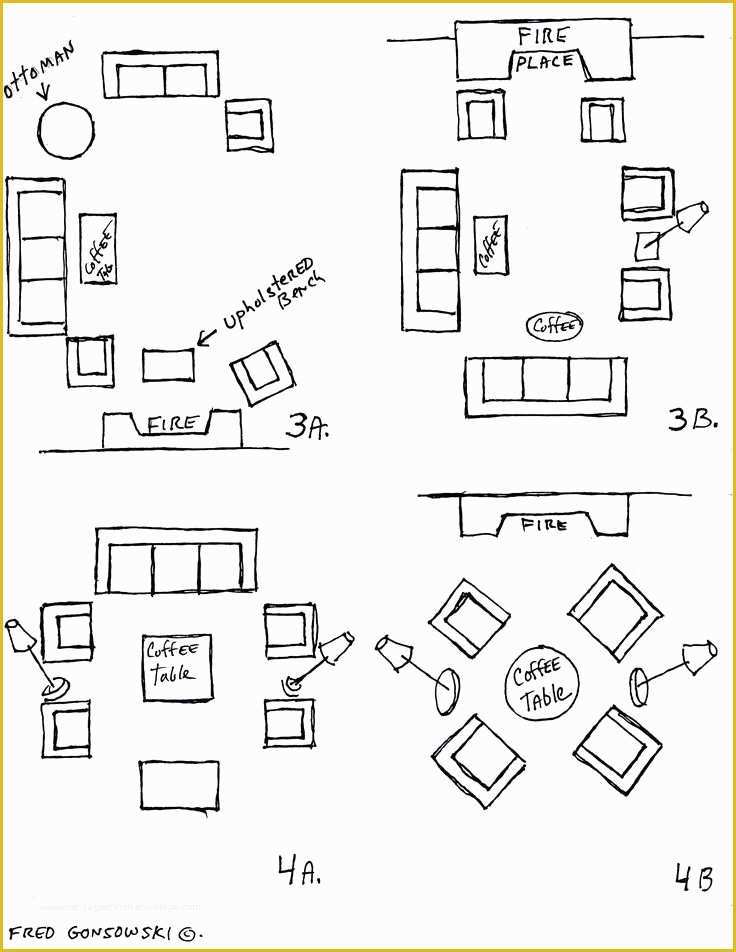




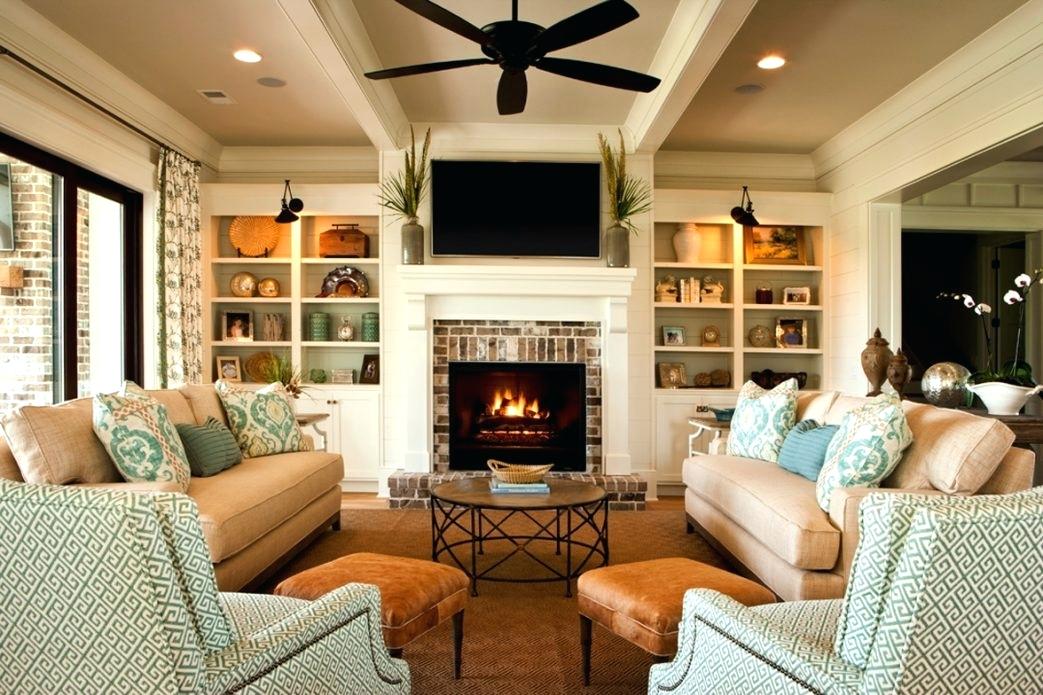











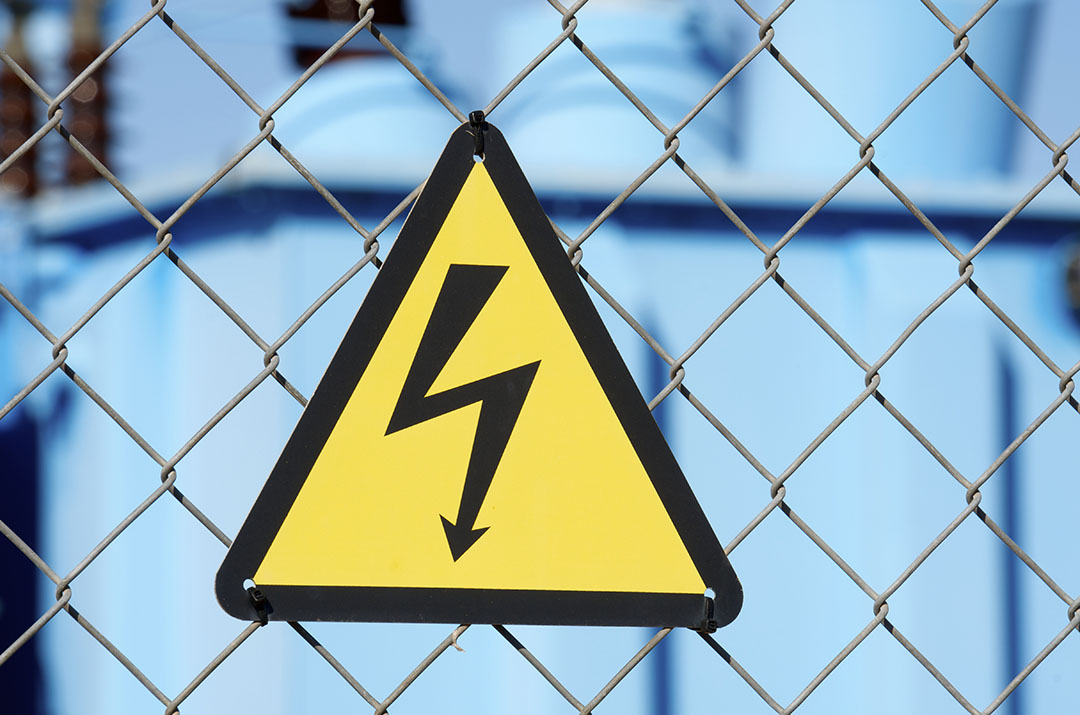
























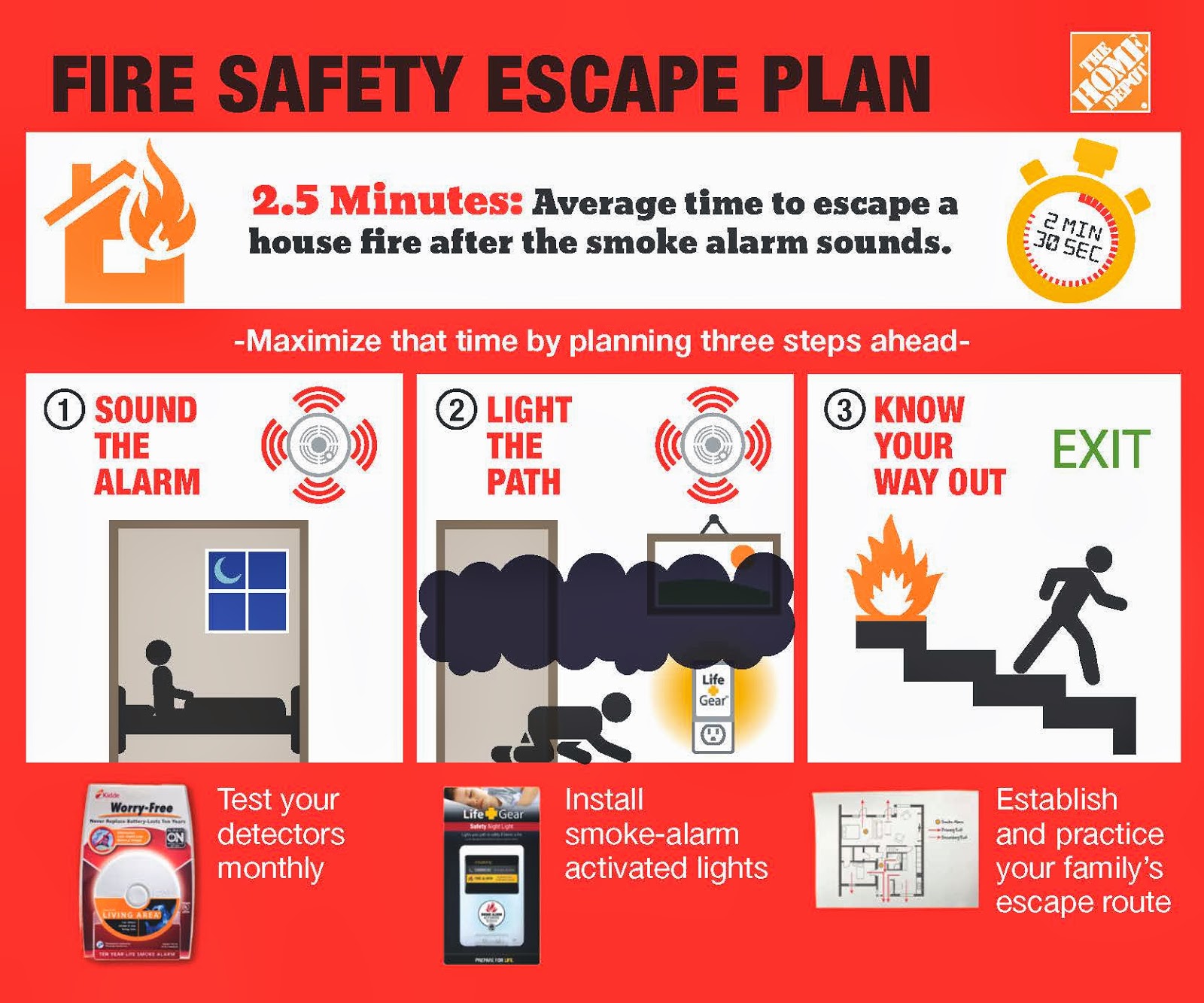






/bittersweet-nightshade-berries-big-56a00fbe5f9b58eba4aeb8f4.jpg)




:max_bytes(150000):strip_icc()/Poison-ivy-GettyImages-157161379-588ea5f83df78caebc634b14.jpg)






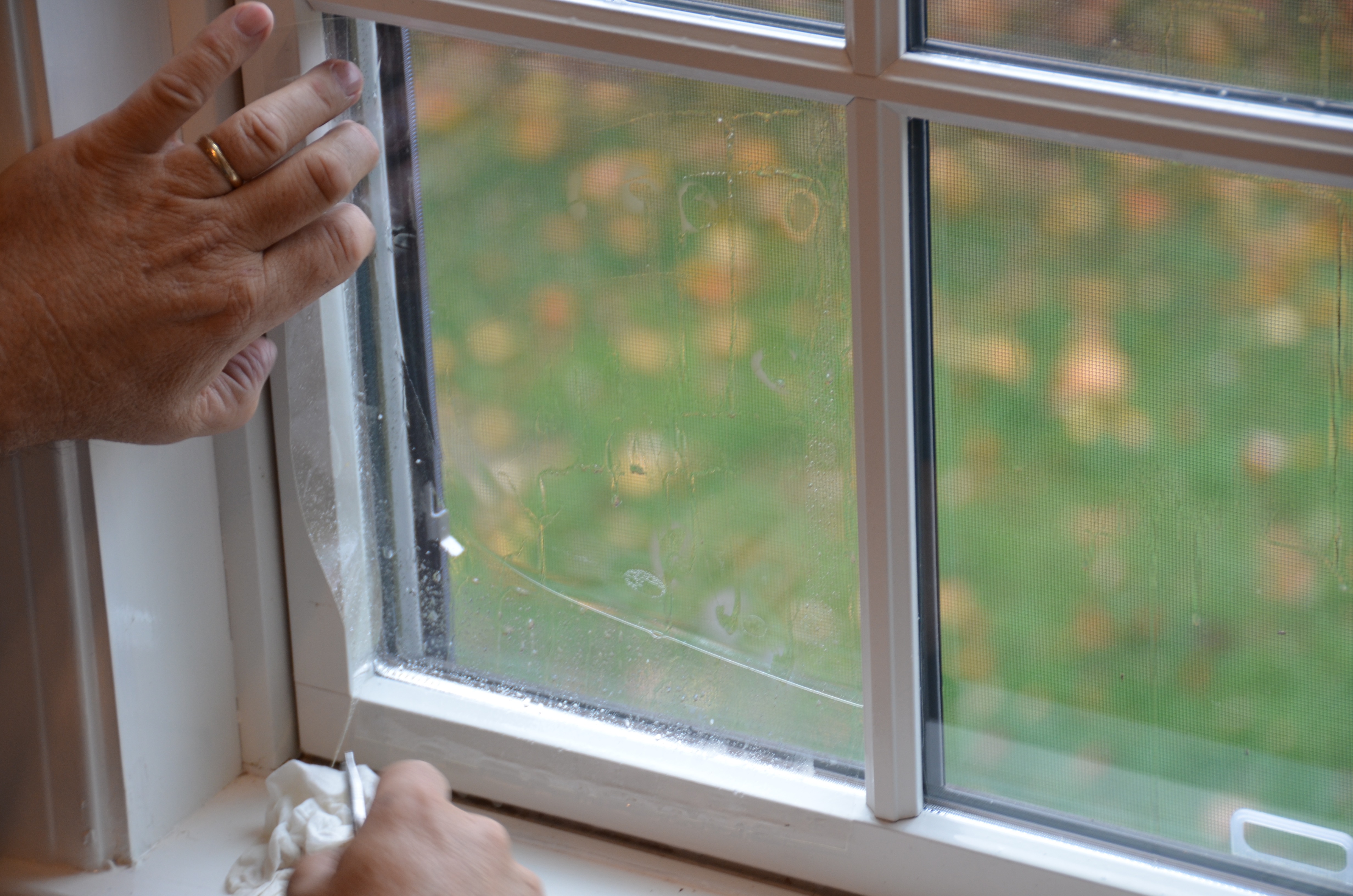


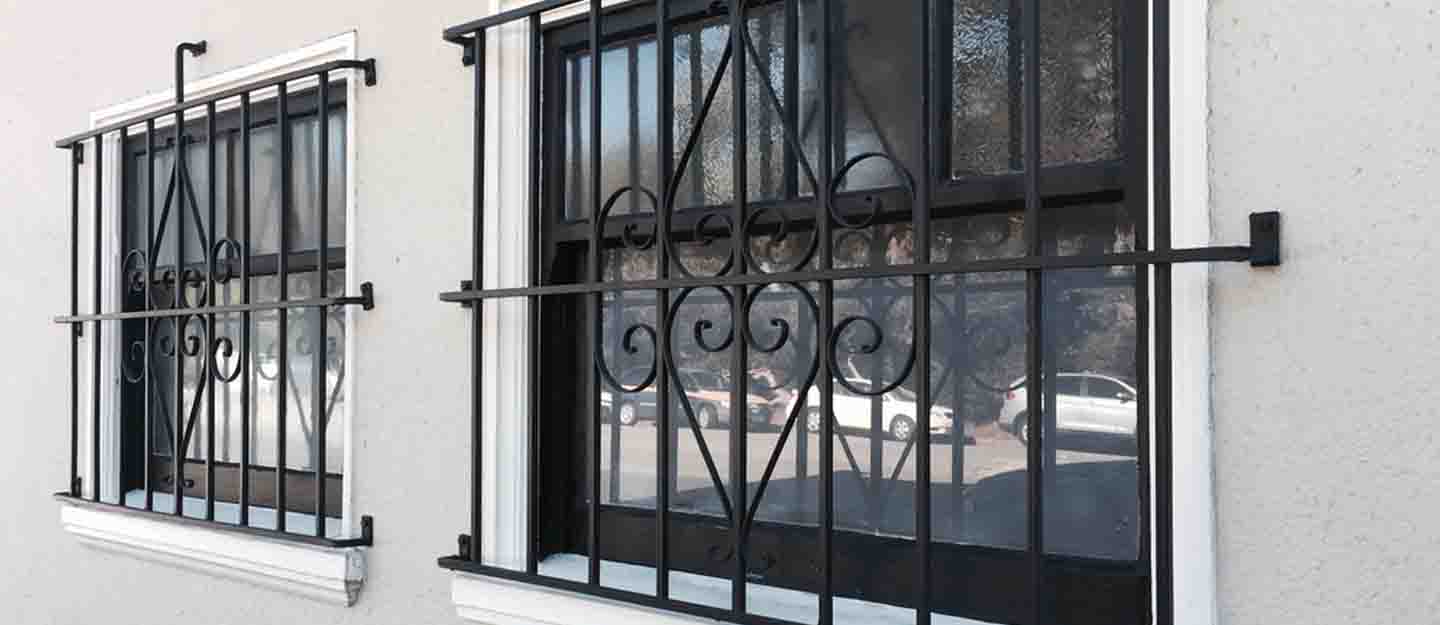

































:max_bytes(150000):strip_icc()/child-proofing-3-toddler-exploring-kitchen-157373063-5963ded43df78cdc68bf2764.jpg)


















